Culture & Media
César Chávez Home Becomes a National Monument

President Obama this week designated the home and burial site of the legendary United Farm Workers (UFW) leader, César Chávez, a national monument. Known as La Paz, short for Nuestra Señora Reina de la Paz, or Our Lady Queen of Peace, the site is in Keene, California
AFL-CIO President Richard Trumka says the designation is a
fitting tribute for a man whose campaign for civil rights and respect for workers struggling in the shadows broke new ground and left an indelible mark on the pages of American history. The farm worker movement that Chávez is most often associated with was never deterred by their lack of money or clout. These workers knew that together they could form a mighty force for justice. Their collective action through the United Farm Workers brought national support to the moral cause and won historic victories and protections for agricultural workers.
UFW President Arturo S. Rodriguez says even though Chávez dedicated his life to the farm workers,
His legacy, reflected at La Paz where he spent his last quarter century, transcended farm labor and even Latinos because it became a universal message of hope, empowerment and social justice.
Chávez’s fight for justice is still relevant today, says Trumka:
Far too many workers struggle for basic dignities and rights on the job, and anti-immigrant hysteria runs high. The AFL-CIO remains deeply committed to continuing the fight for dignity, decent pay, good benefits and a secure retirement for all of America’s working families.
Many of the farm worker movement’s most significant milestones of the 1970s and beyond and were born, planned and coordinated at La Paz, says the UFW in a statement. Among them were major field strikes and national boycotts, landmark political campaigns in California and Arizona and strategy sessions leading to enactment of California’s historic 1975 Agricultural Labor Relations Act, still the nation’s only law establishing the right of farm workers to organize.
In addition to where César Chávez and many others in the movement engaged in their life’s work, La Paz also offered a respite from bitter struggles in agricultural valleys and big cities. It is where Chávez returned to recharge his batteries, celebrate victories, mourn losses, forge new ideas, strategize and plan the next campaign; and where he helped the union endure and modernize; and watch his children and the children of other movement volunteers grow over the 1970s, ’80s and ’90s. Chavez asked to be buried at La Paz, which remains an enduring testament to the strength of his association with the property.
Mike Hall is a former West Virginia newspaper reporter, staff writer for the United Mine Workers Journal and managing editor of the Seafarers Log. His post first appeared on Labor’s Edge and is republished here with permission.

-
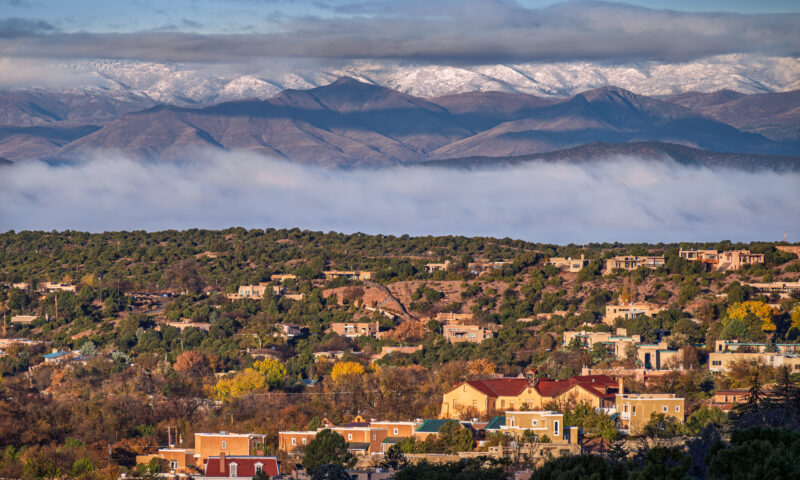
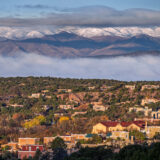 Column - State of InequalityNovember 28, 2025
Column - State of InequalityNovember 28, 2025Santa Fe’s Plan for a Real Minimum Wage Offers Lessons for Costly California
-
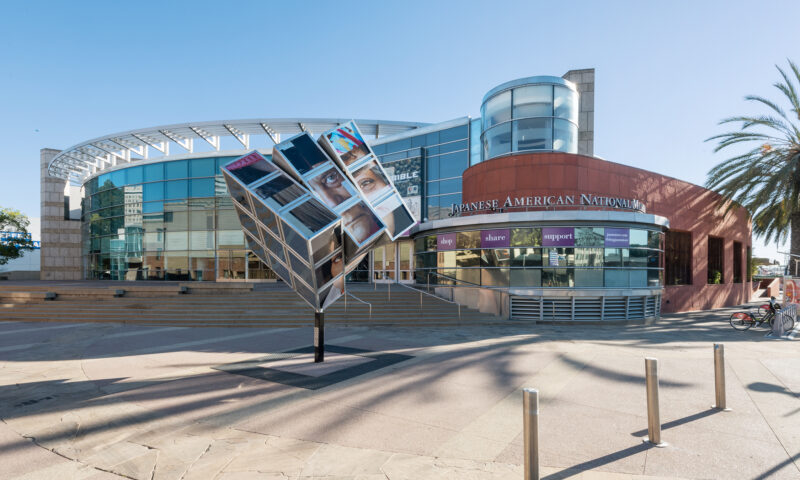
 Latest NewsDecember 8, 2025
Latest NewsDecember 8, 2025This L.A. Museum Is Standing Up to Trump’s Whitewashing, Vowing to ‘Scrub Nothing’
-

 Striking BackDecember 4, 2025
Striking BackDecember 4, 2025Home Care Workers Are Losing Minimum Wage Protections — and Fighting Back
-
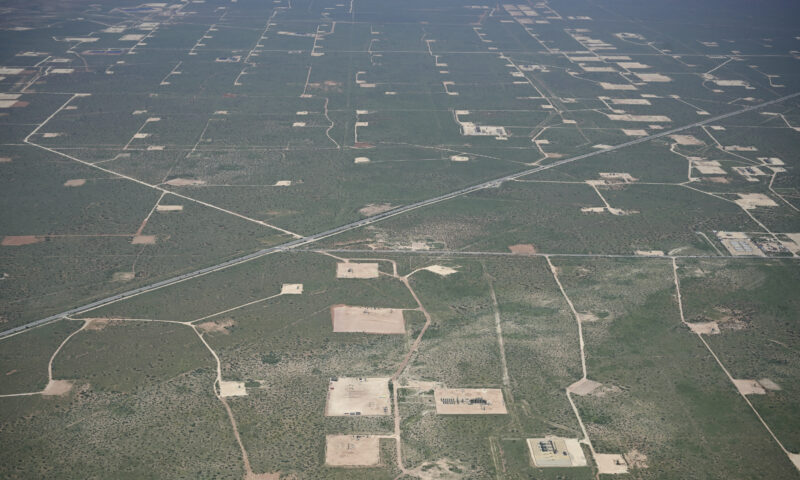
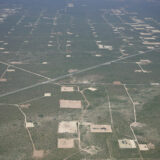 The SlickDecember 2, 2025
The SlickDecember 2, 2025Utility Asks New Mexico for ‘Zero Emission’ Status for Gas-Fired Power Plant
-

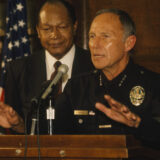 Latest NewsDecember 1, 2025
Latest NewsDecember 1, 2025Accountable to No One: What 1990s L.A. Teaches Us About the Trump Resistance
-
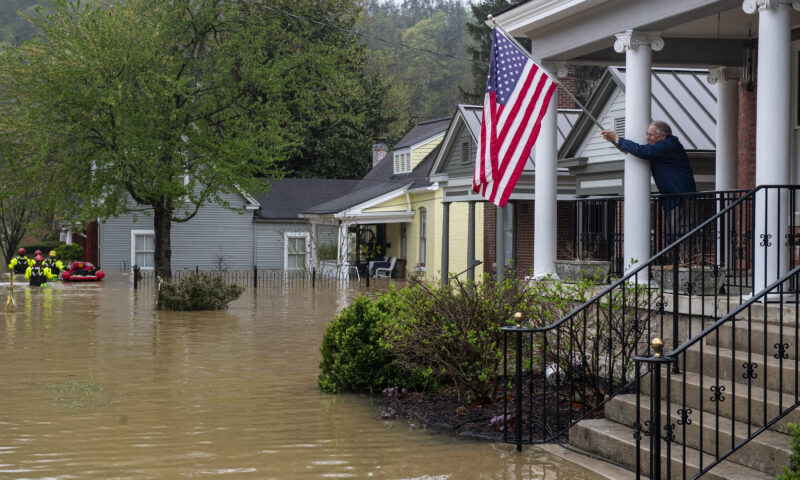
 Dirty MoneyDecember 3, 2025
Dirty MoneyDecember 3, 2025Trump’s Anti-Climate Policies Are Driving Up Insurance Costs for Homeowners, Say Experts
-

 Child FarmworkersDecember 5, 2025
Child FarmworkersDecember 5, 2025To Protect Underage Farmworkers, California Expands Oversight of Field Conditions
-

 Column - State of InequalityDecember 4, 2025
Column - State of InequalityDecember 4, 2025Can California Claw Back Some Medi-Cal Care?

